. Eggs: contain the essence of life and the necessary nutrients for the initial stages of development. An egg has everything that is needed to create a living being. In addition to proteins, fats, vitamins and minerals, the egg has its own wrapping that, although fragile, protects it from the outside and maintains its properties for weeks with little maintenance. Without a doubt, it is such a complete food that it deserved a post for itself. Let’s go there.
Nutritional values of the egg
80 Kcal , depending on the size (an M egg weighs about 55-60g).
8g of protein of high biological value . This protein is made up of chains of amino acids in almost perfect proportions. In addition, the egg has the nine essential amino acids , which are those amino acids that our body does not manufacture by itself and that we need to introduce through food.
All vitamins except C.
The white is protein and the yolk is fat. What is it right?
- The white harbors most of the egg proteins (60%). The rest are present in the yolk.
- The yolk of an egg is mainly fat (about 5g), mostly unsaturated (good fat). This fat is suspended inside small globules coated in an emulsifier called lecithin. lecithin helps fats and water mix together, which is great for emulsifying sauces and ice cream. Besides, and n the fat in the yolk we also find fat-soluble vitamins such as vitamin A , vitamin D and Vitamin E . folic acid and vitamin B12 are also in the yolk.
How many eggs can I eat a week?
Egg yolk contains about 215 mg of dietary cholesterol. This was very alarming in the decade of the 50s, 60s and 70s since it was erroneously related to an increase in blood cholesterol and, therefore, with cardiovascular diseases. Cholesterol phobia meant that for some years the consumption of eggs was limited to two eggs a week.
The first thing to make clear is that human beings need cholesterol to maintain cell walls, isolate nerve fibers and produce vitamins D among many other functions.
Blood cholesterol is divided into two subcategories that will sound familiar to you from the analytics:
- High-density lipoprotein (HDL) This blood cholesterol is good. To remember which is good, think that healthy starts with H, like “Healthy”; )
- Low-density lipoprotein (LDL) This type of cholesterol in the blood is bad. It sticks to artery walls and can clog your arteries, increasing your risk for serious health problems.
At this turn of the century, we know that dietary cholesterol (the one in the yolk) is not responsible for the increase in cholesterol in the blood (neither HDL nor LDL). What’s more, we also know that egg yolk contains a substance that prevents even its dietary cholesterol from being absorbed by the body.
In recent years many research studies such as this and this show that egg consumption is not related to cardiovascular diseases.
In January 2014 the Spanish Heart Foundation published a press release stating that it is not necessary to restrict the intake of eggs in the diet of healthy people.
Conclusion: you can consume eggs daily without any fear within a healthy planning and a healthy way of cooking them.
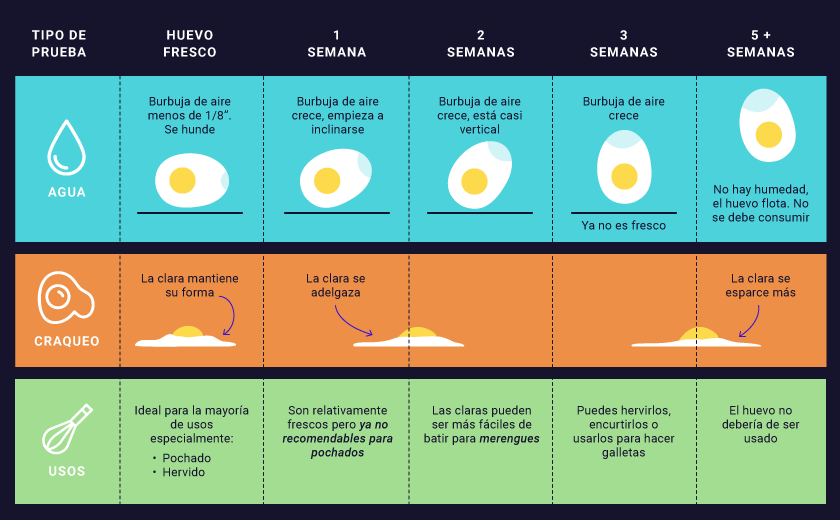
Do eggs help to gain muscle mass?
Eating eggs will not increase your muscle mass. But it is true that if you do the correct type of strength training and take care of other important factors such as not being in caloric deficit, the egg can help you in this goal for these two reasons:
1. Whole egg protein is the one with the highest biological value.
- The level of absorption and synthesis is very high (remember that not everything we eat is necessarily absorbed)
- They contain all the amino acids necessary for our body.
2. It provides us with powerful natural antioxidants that are carotenoids (lutein and xanthine), vitamin E and Selenium, which will help you muscle recovery , they reduce the effect of free radicals and avoid having to do a Detox diet, which doesn’t really make sense.
If you are interested in this topic, we have a very detailed post about Post-Breed What to eat after training?
What is the best way to cook eggs?
Most are good. The problem is not the good fats in the egg yolk, but the bad fats from frying it in oil. Remember that the fatty acids in raw olive oil are beneficial for the body, but when we apply heat for frying, they stop being so.
Eggs are one of the most versatile ingredients in cooking, capable of binding, coating, clarifying, thickening and aerating food. Also, one of the main functions is to emulsify (mix water and oil).
Varying the cooking modes is not only varying the flavors and textures, it is also modifying the nutritional properties and the way the body absorbs and uses it . It is one more resource to be able to give your body what it needs at all times.
With these 28 egg recipes you can start trying different ways of cooking eggs.
- Fried egg (do not abuse)
- Grilled egg
- Poached egg
- Soft-boiled egg
- Bain-marie egg
- Mollets
- Hard boiled egg
- Poached egg
- Scrambled egg
- Sweet or salty omelette
- Pickled egg
- Fermented egg
- Meringues
- Garlic oil
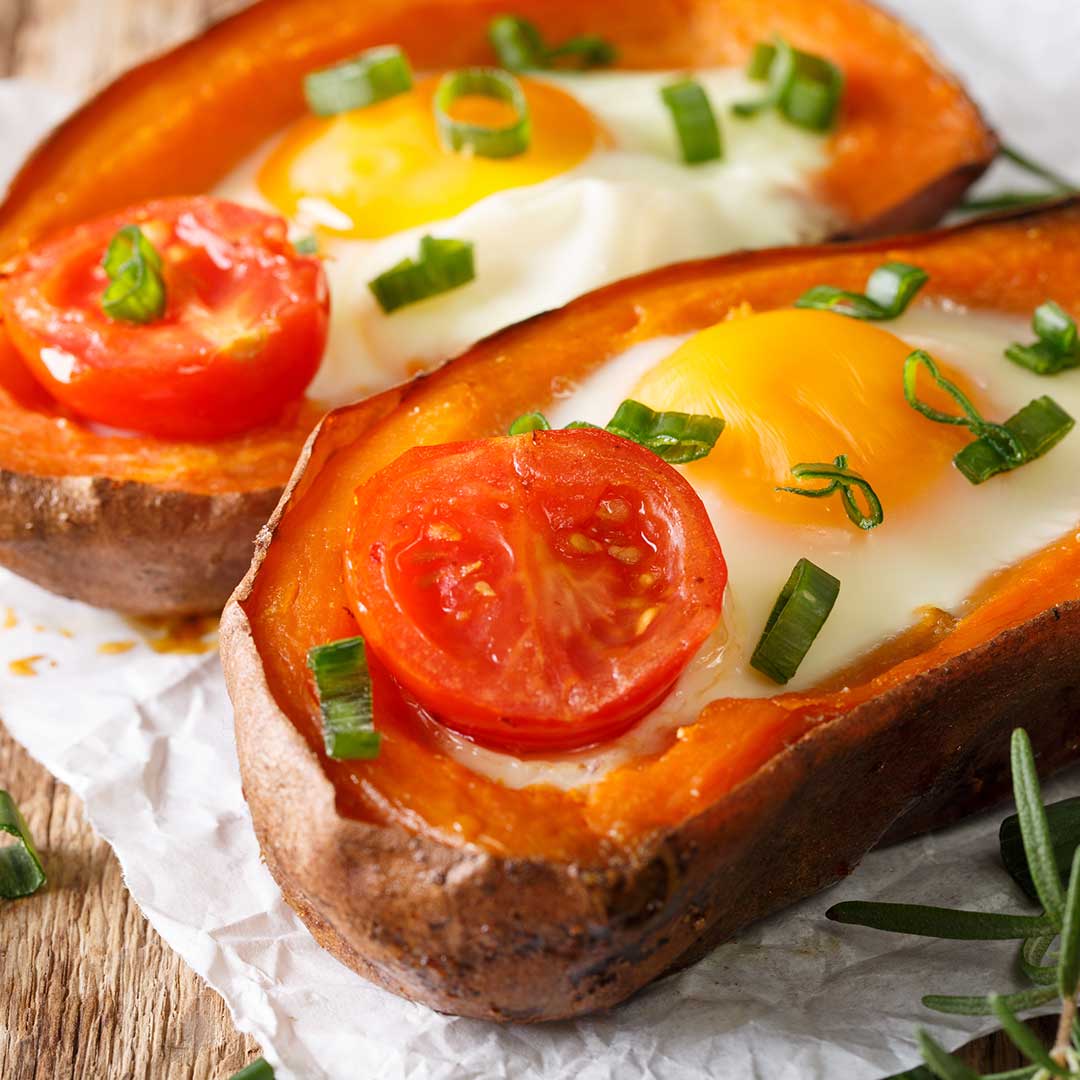
Why does Bertín Osborne eat raw eggs?
No idea. It does not make any sense. The functions of the proteins in an egg are very diverse: some are responsible for the aerated structure of sponge cakes or meringues; Others such as the protein Ovomucoid bind to vitamins, iron or digestive enzymes blocking them, so that your stomach is unable to digest it and if it does not digest them, your body does not uses. That is why it is important to cook the eggs, the heat makes these proteins denatured and your enzymes can digest them.
What happens to egg proteins when they are cooked?
The type of proteins it contains play a very important role in the kitchen. Proteins are chains of amino acids linked by molecular bonds. Due to the effect of heat, these chains bend and break (denaturation) and make the consistency of the food different. For example:
Ovomucina is responsible for making fried and poached eggs compact and attractive. It is the first of the proteins to coagulate and the white turns from transparent to white.
The Ovalbumin is responsible for the amount of foam when beating. It is the only egg protein that has sulfur groups, which contributes decisively to the taste, texture and color of cooked eggs. Over time, the sulfur is released from the proteins and is transformed into hydrogen sulfide, which gives it its characteristic odor. Therefore, as time passes, more of this compound is released into the egg and in very high concentrations it achieves the unpleasant smell of rotten eggs.
Although almost 200 compounds have been identified in the aroma of the egg, it is hydrogen sulfide that gives it its characteristic smell. This compound is also present in Kal Namak salt (Himalayan black salt) that is used in the vegan diet to give that characteristic egg flavor to vegan omelets, pasta salads, tofu scrambled with mushrooms …
How to know if an egg is raw or cooked?
Take the egg and turn it on its side. If it turns quickly and smoothly, it is cooked. If it wobbles and lurches, it’s raw. The reason for this rocking is that the liquids inside are agitated.
This is how the perfect egg is cooked
The heat is capable of transforming the egg with only 13 degrees of difference and in a matter of minutes. So controlling the times and the temperature will make you get the perfect texture.
To get the perfect hard boiled egg:
- Turn off the heat when it starts to boil. The bubbling shakes the eggs and can crack the shell
- Allow 10-12 minutes.
- Cool them with water right after to make the yolk juicy.
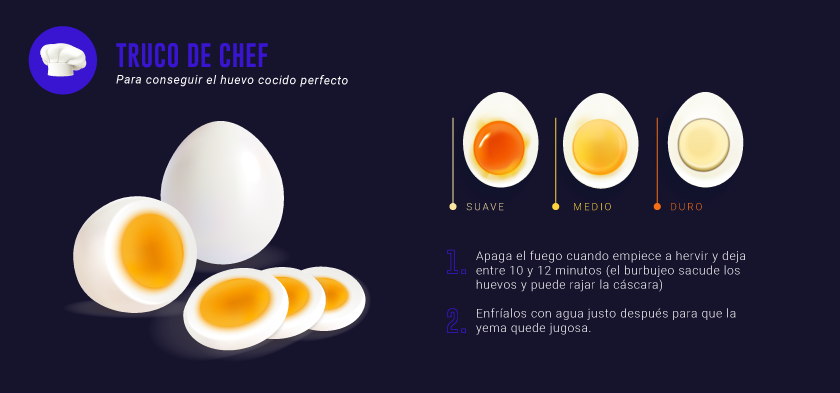
How do I keep the eggs?
Eggs have their own shell, the shell, a porous structure made up of calcium carbonate and proteins and surrounded by the cuticle, a membrane that protects the egg from bacterial attacks. M as long as the shell does not crack, its contents are quite safe. If bought fresh and treated with care, the eggs will keep for several weeks.
Although in the supermarket they are stored on shelves without cold, it is advisable to keep them in the fridge. When it goes from cold to hot it can condense water on the surface of the shell passing into the egg, and with it possible bacteria, such as Salmonella.
Never wash the eggs before storing them (if it is immediately before cooking, there is not so much problem). Salmonella is usually present in the shells of eggs that have been in contact with infected feces. If you wash the egg, as it has a porous shell, bacteria can penetrate inside.
Store them on a shelf at the bottom of the refrigerator better than on the door , since when they open and close they are shaken and the egg white loses consistency .
Do not store them in hot environments or with low humidity. The egg will lose water through the porous shell, reducing its freshness, causing the consistency of the white to be less and the yolk to flatten.
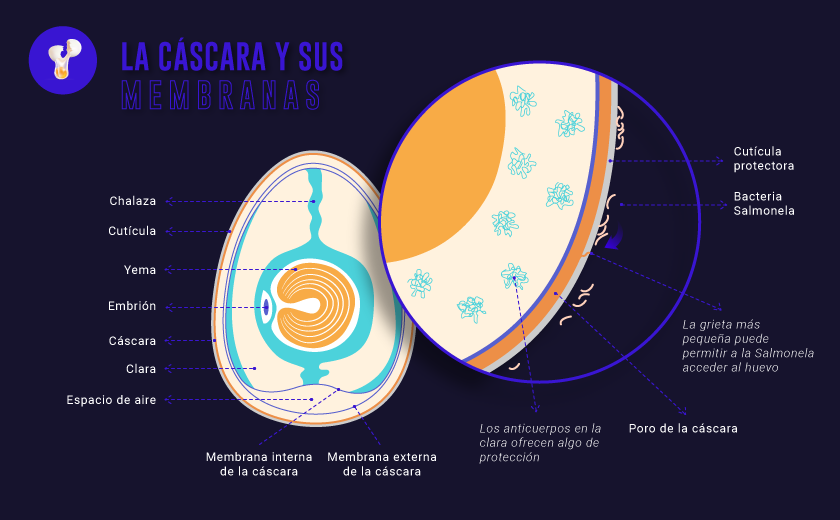
Which eggs are better: free-range, organic or cage?
All the eggs that are marketed are healthy and of quality. Nutritional and taste differences between cage hens and happy hens differ little . So the choice of an organic, free-range or caged chicken egg has more to do with a personal decision related to the importance given to the well-being of the animal and the environment.
Even so, through labeling we can know from which hens and even from which farm certain eggs come from. The main difference is in the first digit of the code that is printed:
- The number 0 : Ecological production. It is the same as the jackets, but with feed and cereals from organic farming.
- Number 1: Free-range hens, they are in hen houses, but they have the possibility of going outside and pecking outside.
- The number 2: On the ground, but inside a warehouse and with space delimited by law.
- Number 3: Hens born and raised in cages, with artificial light to stimulate egg laying throughout the year.
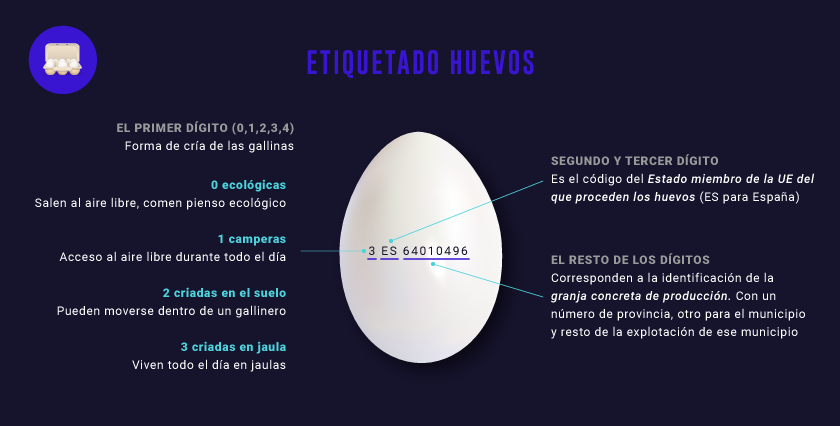
95% of the eggs consumed in Spain are from caged hens.
A laying hen is born in an incubator, it eats a feed made largely in the laboratory. In addition, it lives and lays on wire mesh and under electric lights for about a year (natural egg laying occurs in spring), and produces between 250 and 290 eggs.
Don’t trust the color.
The color of the yolk is mainly due to the diet the hen receives. The characteristic yellow color is due to some vegetable pigments called xanthophylls that the hen obtains mainly from alfalfa and corn. A diet rich in corn or alfalfa produces a more intense yellow, but that color can also be achieved by feeding them a feed with coloring additives.
3 Egg-based recipes
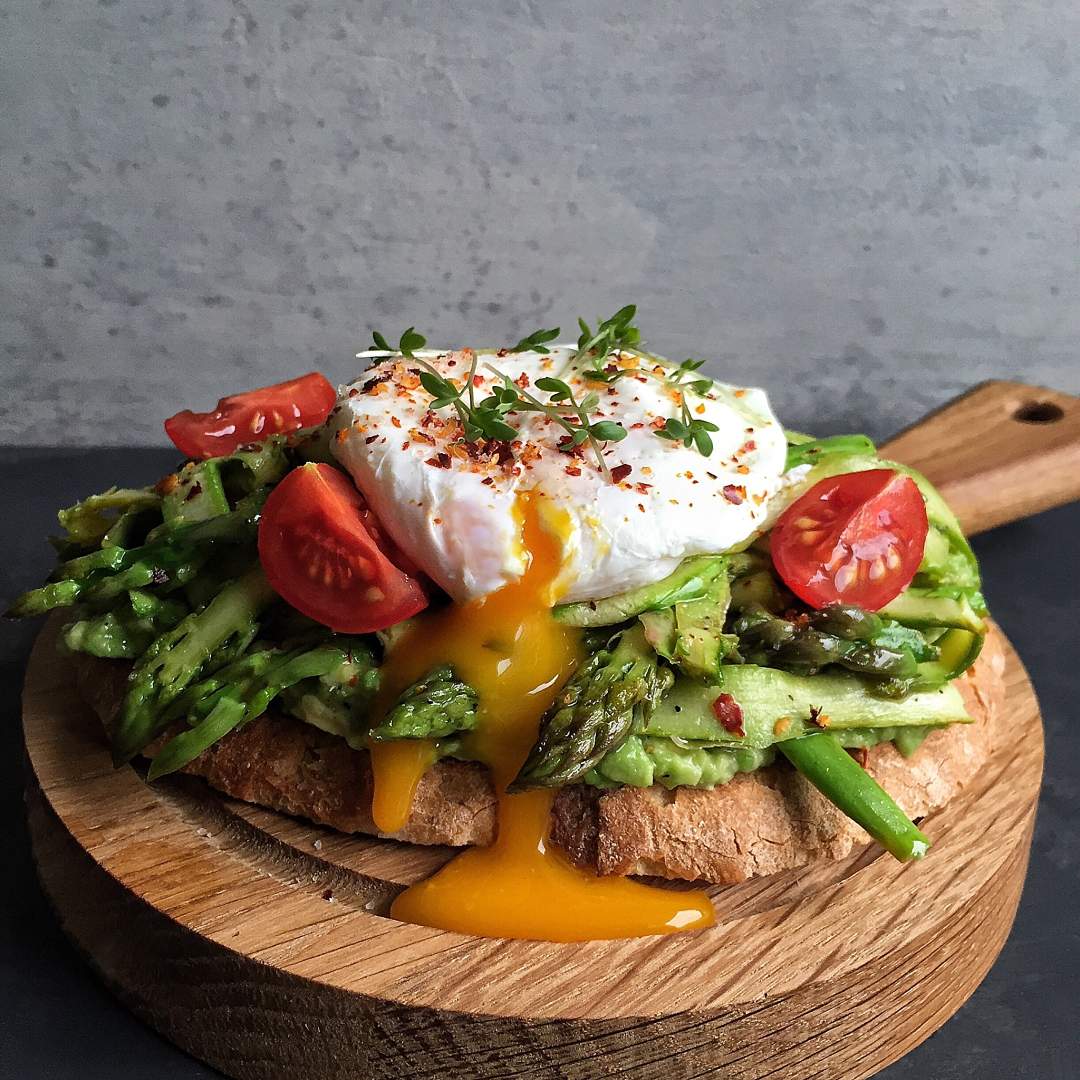
Ingredients
- Whole wheat bread 60 g
- Raw egg 120 g
- Table salt 1 g
- Black pepper 1 g
- Wild asparagus 100 g
- Cherry tomatoes 60 g
Preparation
- Toast the bread in a griddle or toaster
- Slice the asparagus and grill them with a little salt
- Break the egg and place it in a bag with plastic wrap with a little salt. Close it and cook it in a pot with boiling water 5-6 min
- Spread the grilled asparagus, the chopped cherry tomatoes, the poached egg on the bread
- Tip 1! You can use the spices or flavors that you like best on the egg to accompany: pepper, oregano, curry …
- Tip 2! If you have ovo legue, you can make the pocho egg in the microwave in just 1 minute the base: mix the oatmeal with half of the whites and a little salt (you can add spices)
Indicators for a portion
Kcal: 362
Proteins: 29% | Hydrates: 36% | Fat: 35%
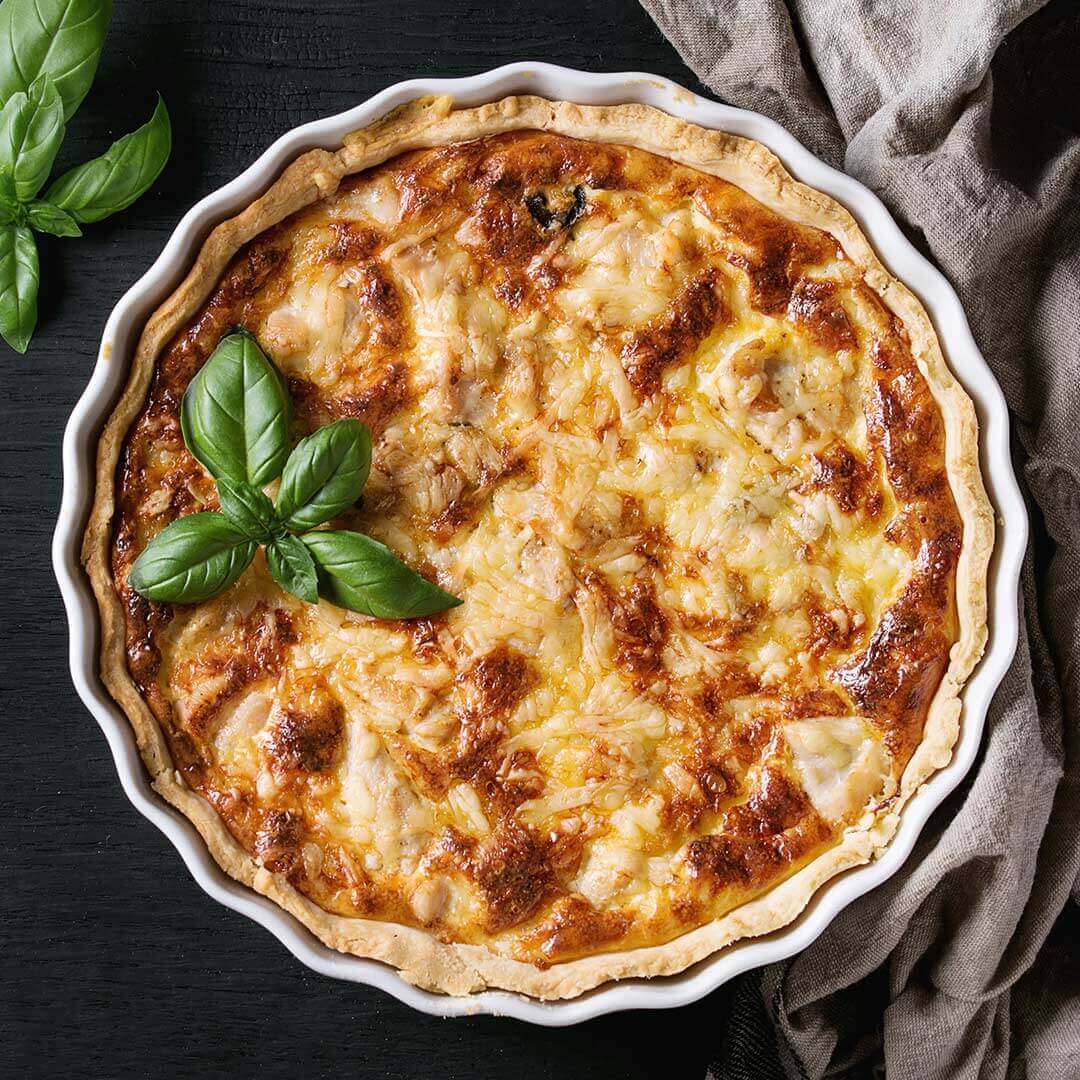
Ingredients
- Oat flour 90 g
- Raw egg 120 g
- Egg white 100 g
- Cottage cheese 100 g
- Fresh whipped cheese 0% 120 g
- Table salt 2 g
- Black pepper 2 g
- Nutmeg 2 g
- Sliced turkey breast 80 g
Preparation
- For the base: mix the oatmeal with half the egg whites and a little salt (you can add spices)
- Pour the dough into a round mold and spread the dough over the base and sides
- Bake the base for 10 minutes at 200 ºC
- Meanwhile, prepare the filling by mixing: the egg, the other half of the whites. Beat both ingredients until just combined. Keep adding the diced turkey, cottage cheese, whipped fresh cheese, black pepper, nutmeg and another pinch of salt
- Remove the mold with the base from the oven after 10 minutes
- Pour the mixture over the base. Next, bake the quiche at 200ºC for about 35-40 minutes at medium height
- Take the quiche out of the oven, remove it from the mold and enjoy!
Indicators for a portion
Kcal: 865
Proteins: 38% | Hydrates: 31% | Fat: 30%
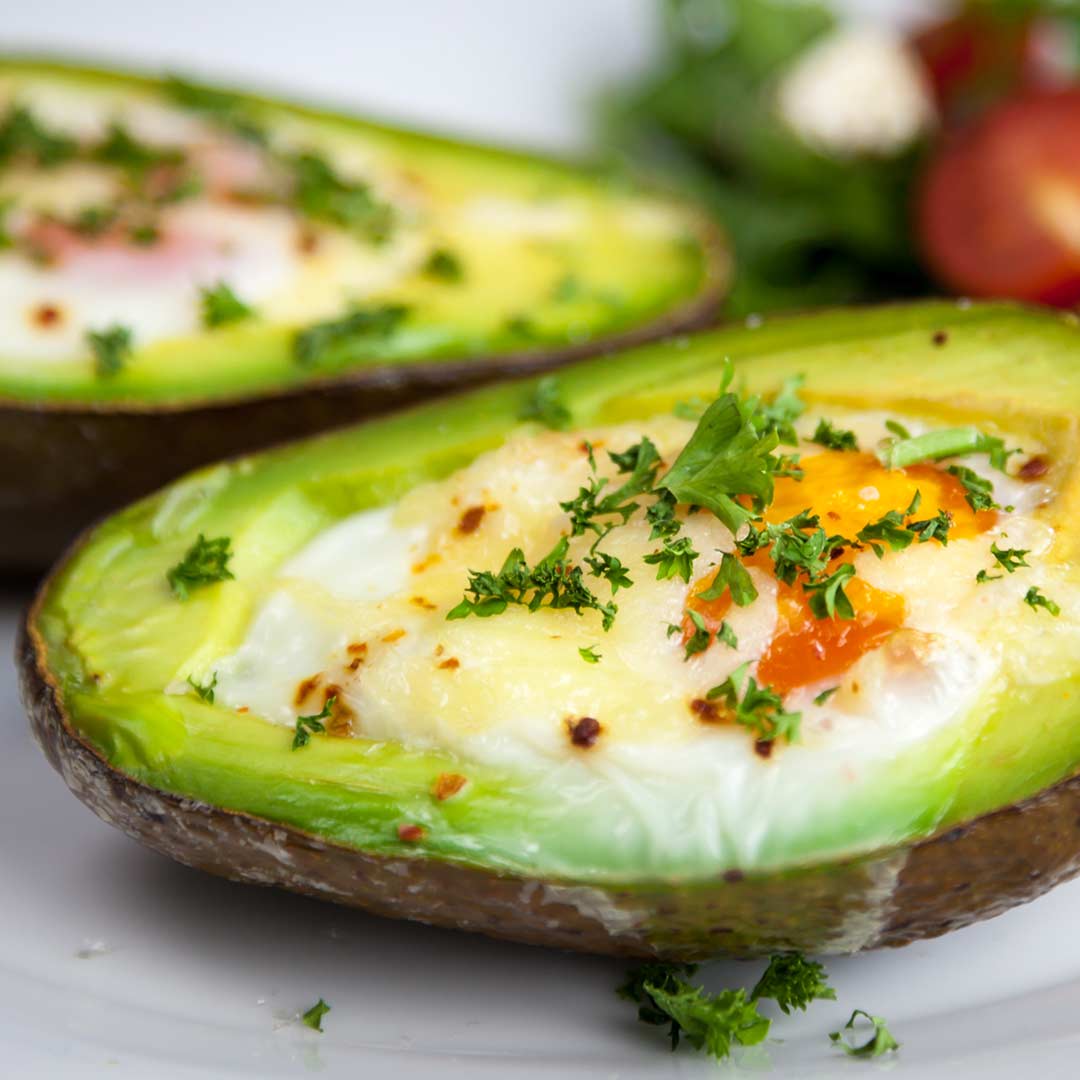
Ingredients
- Avocado 70 g
- Raw egg 60 g
- Parmesan cheese 5 g
- Parsley 2 g
- Table salt 1 g
Preparation
- Cut the avocado in half (lengthwise). Then remove the bone
- Preheat the oven to 200ºC
- Break an egg into the hole of the avocado and add salt
- Cook the stuffed avocado for about 10 minutes at 180ºC
- After 10 minutes, add the grated Parmesan cheese on top and gratin 3 more minutes
- Take it out of the oven. Then add chopped parsley on top
- TIP: Bake for fewer minutes if you like the egg more raw
Indicators for a portion
Kcal: 234
Proteins: 19% | Hydrates: 12% | Fat: 69%
